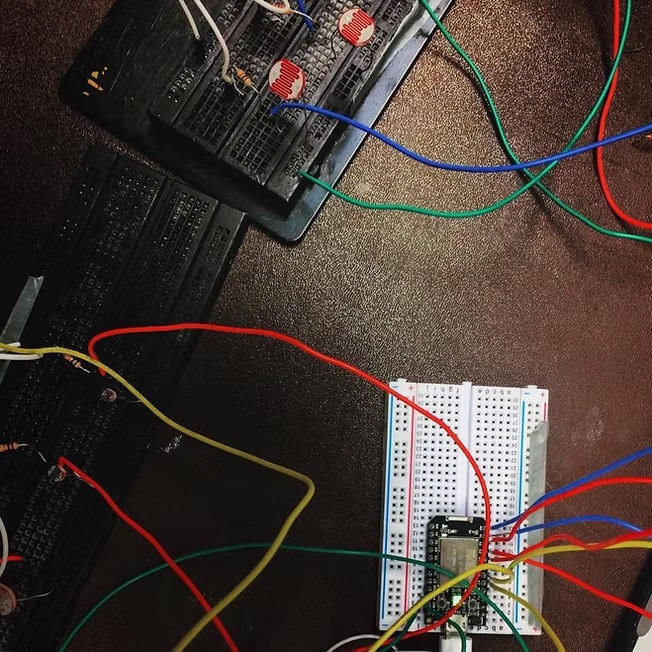Guerrilla Strategies: Infiltrating Politics with Art
Lee Tzu Tung sees themself as an undercover artist, investigating political systems through an artistic lens and exploring how art can both serve and be reshaped by such contexts.
They embed themself within political parties such as Taiwan’s Democratic Progressive Party (DPP) and New Power Party (NPP), visit the Tibetan government-in-exile in Dharamsala, and engage with NGOs and platforms like New Bloom magazine—operating from within politics as an artist in disguise.
Alongside field research, they carry out guerrilla-style aesthetic interventions in public political spaces—leading movements, staging performances, projecting visuals, and playing music near museums, voting sites, and other civic spaces across different regions.
These small-scale provocations form a dispersed yet connected mode of resistance, blurring the lines between art, activism, and everyday life.
Commemorating Ling Guan Hua: The Anti-Black Box Movement, , with aesthetic direction and illustrations by Tzu Tung.
2016
Occupy the Movement
Various art intervention in political field
Lee Tzu Tung investigates real political systems through an artist’s lens, exploring how art can serve and be transformed within these contexts. As an undercover artist, they embed themself in Taiwan’s DPP and NPP parties, activist NGOs, and leading movements, blurring the line between political engagement and artistic practice.
2015
Compose an Occupation
A hybrid media installation employing Arduino microcontrollers, real-time light sensors, and multiple pendulum equipped with an LED system
Compose the Occupation is a sound performance using photo-sensitive instruments controlled by light pendulums. The work mixes government propaganda songs with revolutionary slogans from the streets, allowing the artist to manipulate how these opposing sonic forces intertwine through light and movement.
2014
Occupy the Democracy
Projection installation using documentary photography from Hong Kong’s 2014 Umbrella Revolution, projected onto a public voting venue in Taipei on mayoral election day.
In solidarity with Hong Kong’s fight for democracy, this work projects an image from the 2014 Umbrella Revolution onto a Taipei voting venue during Taiwan’s mayoral election. It reflects the shared resistance of Hong Kong and Taiwan against the encroachment of authoritarian power from the People's Republic of China.
2014
Occupy Sinocentrism
This work contrasts Taiwan’s everyday reality with its inherited cultural symbolism. A motorcyclist repeatedly circles the National Palace Museum without ever entering—serving as a metaphor for how Taiwanese people, while indoctrinated to see themselves as the inheritors of Chinese culture, remain at a distance, revering an imagined cultural center they cannot access or have never connected to. The action is documented and projected onto traditional Chinese rice paper, accompanied by an installation of scattered branches that casts Shan-Shui-inspired shadows across the scroll. This layering bridges national iconography with lived experience, questioning the dissonance between ideological heritage and contemporary identity.
2014
Tibet World
Participatory video workshop and social practice project involving storyboard drawing, smartphone videography; conducted with Tibetans in Dharamsala, India.
In Dharamsala, India, where thousands of Tibetan refugees have fled in search of freedom, this project began as a documentary but evolved into a participatory video workshop. Artist Lee Tzu-Tung taught refugees to use smartphones and simple editing tools to storyboard and film their own stories—ultimately transforming the process into a mutual exchange that empowered both teacher and participants through resilient narratives of identity, freedom, and belief.


















































